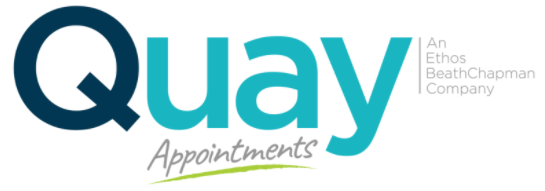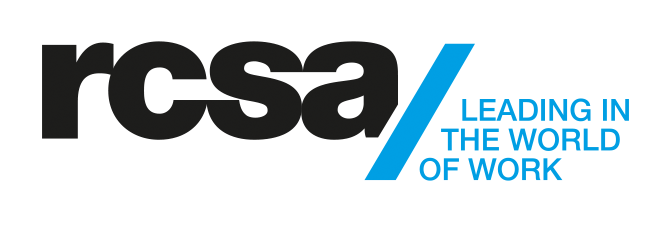Follower Frenzy
Paul Jones, of Magneto Communications has just released another eye-opening blog post. It talks about how people automatically look to their surroundings to gain cues for actions during times of uncertainty.
Click here to visit the article source
For those that don’t like clicking away, here is the article
How to leverage social proof (consensus)
Follower Frenzy, or Social Proof?
This is the third in a six-part series on influence and persuasion, loosely based on Dr Robert Cialdini’s work.
If you’re writing a proposal or pitching a new approach or idea, this concept is central to you getting a YES.
The idea? Your readers are sheep. Well, they (like all of us) can act like sheep when making decisions.
Ever catch yourself checking what others are doing when you’re uncertain about your situation? We all take cues from others about whether to eat chicken with fingers or a fork, how fast to drive, and how to dress at work.
This is Social Proof in action.
How much more ‘sold’ are you on an Amazon book when you see hundreds of others have ‘rated’ it highly? ‘All those people can’t be wrong!’ (you think).
And the more similar your ‘reference’ is to your reader, the better. For example, a banker’s testimonial will sway an accountant more than one from a plumber. See how Salesforce does this.
Humans, especially time-poor ones in business, love shortcuts; they often react based on only partial evidence. Naturally that means it’s not always right; blockbuster hits, for instance, are more luck than anything else, and if everyone else is selling their shares, you may be smarter to think rationally before selling yours.Still, knowing the triggers can help you maximise your influence. Here are my thoughts on leveraging social proof in your writing:
- Testimonials. Ask for them straight after you’ve worked for clients, and include them in your marketing. But keep them short (edit them for brevity and ask your client to approve the change).
- Case studies and success stories. Especially powerful when you include the specific, measured results you achieved. Keep these short, too.
- Big names. These have big impact, so highlight well-known and respectable companies who’ve used your business. When possible, use their logo, not just their name.
- Big crowds. Don’t be shy about sharing that you have 40,000 Twitter followers or subscribers to your blog.
- Big profile. Have you or your business been in the media (for the right reasons)? Let readers know.
- Visuals. Pictures of your typical target audience enjoying your product/service will reassure your clients they’re in the right crowd. Likewise, if you’re pitching to the big end of town, ensure your graphic design and branding is top quality.
‘Paul, STOP! These are too sales-oriented. I just write “normal” business documents.’ Think again. You can adapt most of these tips to your situation.For example, if you’re convincing your boss to buy System X, your ‘testimonial’ could be mentioning informally the fact that Jack, in IT, used System X at his last company, and loved it. Be creative when applying these.











